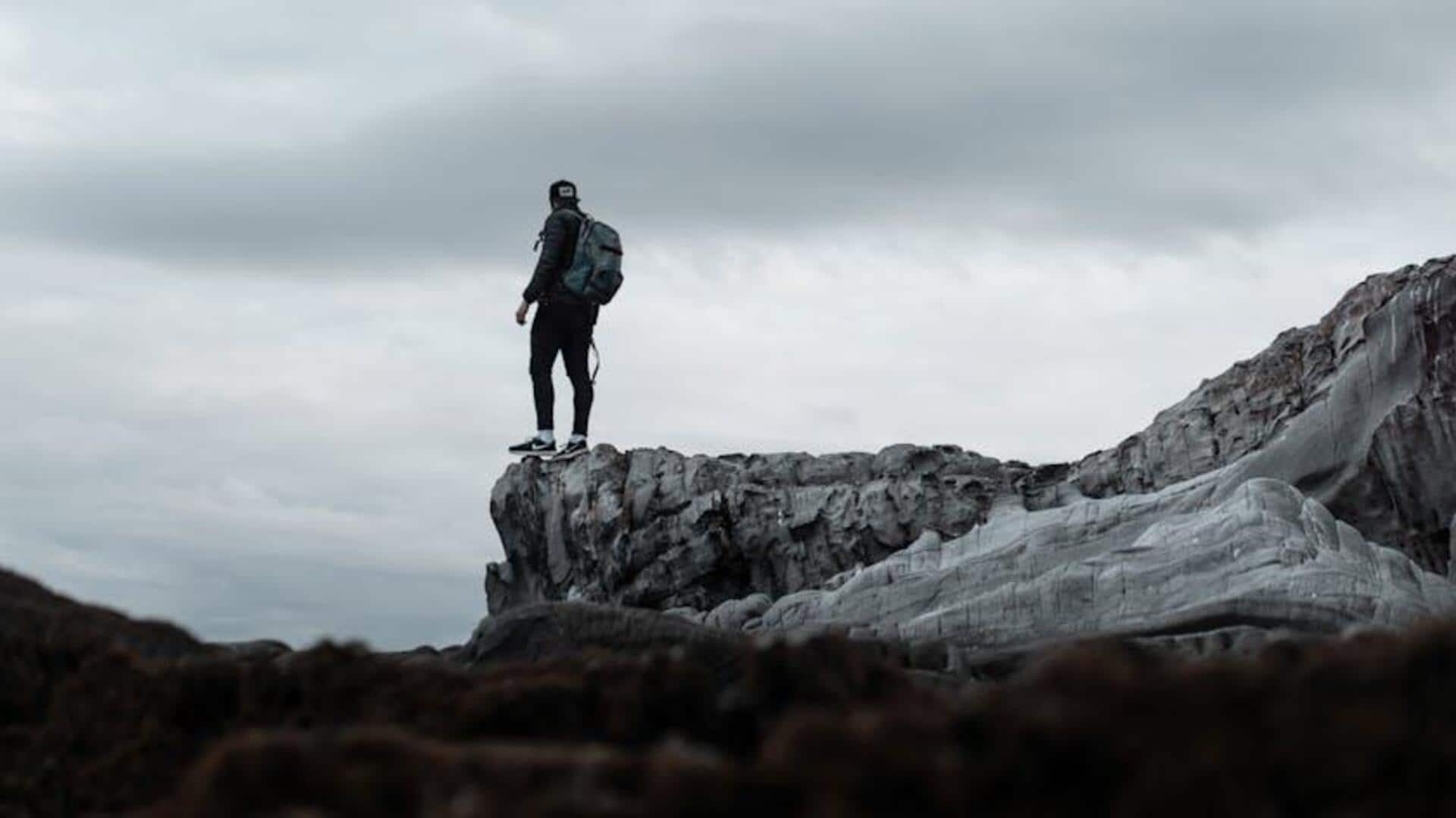
Plan your hike: Gear, safety, and scenic spots to know
What's the story
Exploring Africa's scenic hiking routes is a one-of-a-kind experience, rife with stunning landscapes and rich biodiversity. From the towering peaks of Mount Kilimanjaro to the lush trails of Table Mountain, these routes promise challenges as well as breathtaking views. If you're planning to embark on such adventures, preparation is key. Here are some practical tips to ensure a safe, enjoyable hiking experience across Africa's stunning terrains.
Gear selection
Choose the right gear
Selecting appropriate gear is critical for any hiking trip. Invest in sturdy, comfortable footwear that can handle rough terrain. Lightweight clothing that offers protection from the sun is a must, as temperatures can vary significantly. A reliable backpack with enough space for water, snacks, and first-aid supplies will keep you prepared throughout your journey.
Weather awareness
Understand weather patterns
Africa's weather can be quite unpredictable, so knowing the local patterns is key. Researching the best times to visit certain trails would help you avoid extreme conditions like heavy rains or intense heat. Carrying a lightweight rain jacket and sunblock would make it easy for you to adapt quickly to changing weather conditions during your hike.
Hydration tips
Stay hydrated and nourished
Keeping hydrated is important when hiking in Africa's various climates. Always carry sufficient water for your entire hike; you may even want to consider a hydration pack for easy access while on the move. Pack energy-rich snacks like nuts or dried fruits to keep your energy levels up without weighing down your pack too much.
Wildlife etiquette
Respect local wildlife
Africa's trails frequently navigate through regions bustling with varied wildlife. It is important to honor these natural habitats by keeping a safe distance from the animals and not feeding them. Using binoculars for wildlife spotting is recommended, as it provides a closer view without the threat of infringing on their territory. This way, you keep both hikers and animals in these parts safe.
Route planning
Plan your route carefully
Thorough route planning goes a long way in preventing getting lost or unexpectedly facing difficulties on African trails. Study maps in advance, and if you're unfamiliar with an area, consider hiring local guides who are well-acquainted with the terrain. Inform someone about your planned route before setting out as an additional safety measure.